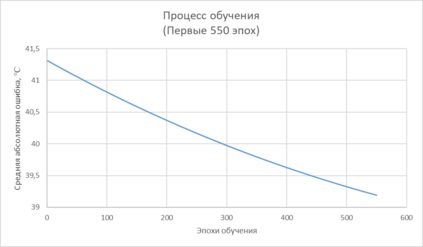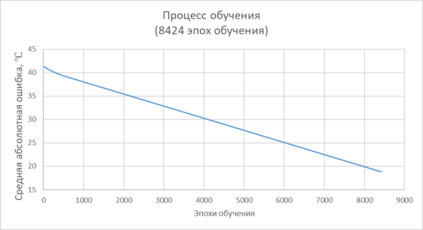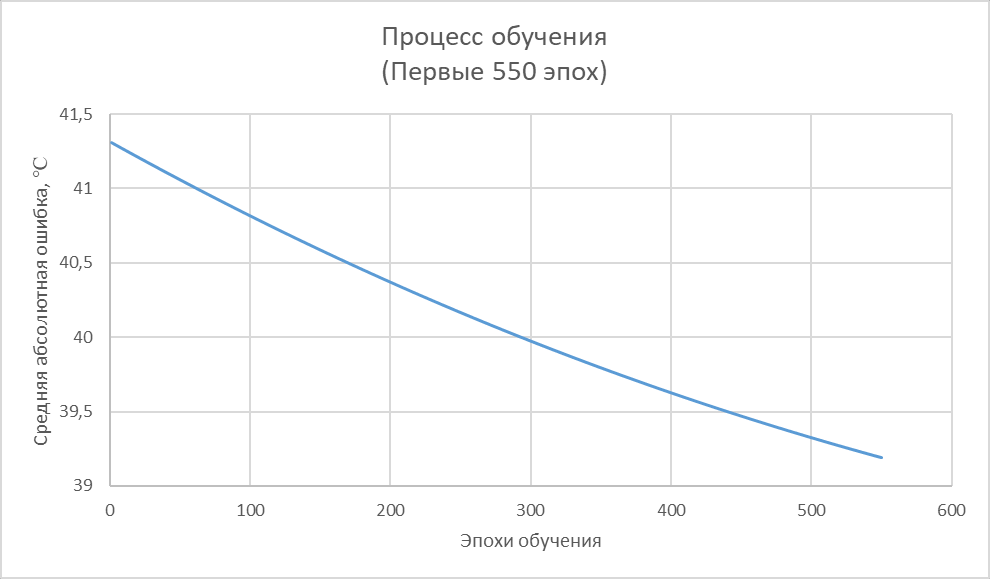Considering high-temperature heating, the equations of transient heat conduction model require an adaptation, i.e. the dependence of thermophysical parameters of the model on the temperature is to be identified for each specific material to be heated. This problem is most often solved by approximation of the tabular data on the measurements of the required parameters, which can be found in the literature, by means of regression equations. But, for example, considering the steel heating process, this approach is difficult to be implemented due to the lack of tabular discrete measurements for many grades of steel, such as alloyed ones. In this paper, the new approach is proposed, which is based on a solution of a related variational problem. Its main idea is to substitute the adaptation process in the classical sense (i.e., to find the dependencies of thermophysical parameters on temperature) with 'supervised learning' of a mesh model on the basis of the technological data received from the plant. The equations to adjust the parameters of the transient heat conduction model, which are related to the thermophysical coefficients, have been derived. A numerical experiment is conducted for steel of a particular group of grades, for which enough both technological as well as tabular data are available. As a result, the 'trained' mesh model, which has not received explicitly any information about the physical and chemical properties of the heated substance, demonstrated an average error of 18.820 C, which is quite close to the average error of the model adapted classically on the basis of the tabular data (18.10 C).
翻译:考虑到高温加热,瞬时热导模型的方程式需要调整,即模型温度温度的热物理参数依赖度,对于需要加热的每种特定材料,必须确定模型温度的热物理参数的依附性。这个问题通常通过将关于所需参数测量的表格数据的近似化来解决,在文献中,通过回归方程式可以找到这些参数。但是,例如,考虑到钢加热工艺,由于缺少关于许多钢级(例如合金级)的表列离散测量,因此难以采用这一方法。在本文件中,提出了基于相关变异问题解决办法的新办法。其主要想法是用传统意义上的适应进程(即找到温度参数的依附性),用“监督学习”基于从工厂获得的技术数据而得出的中微缩模型。 与温度物理系数有关的透热导导导导模型参数的方程式。 10 新的方法基于相关的变异性问题的解决方案是,C 以18种的正态数据是足够高的数值实验,而C的正态数据则是任何一种明显的化学等级。







